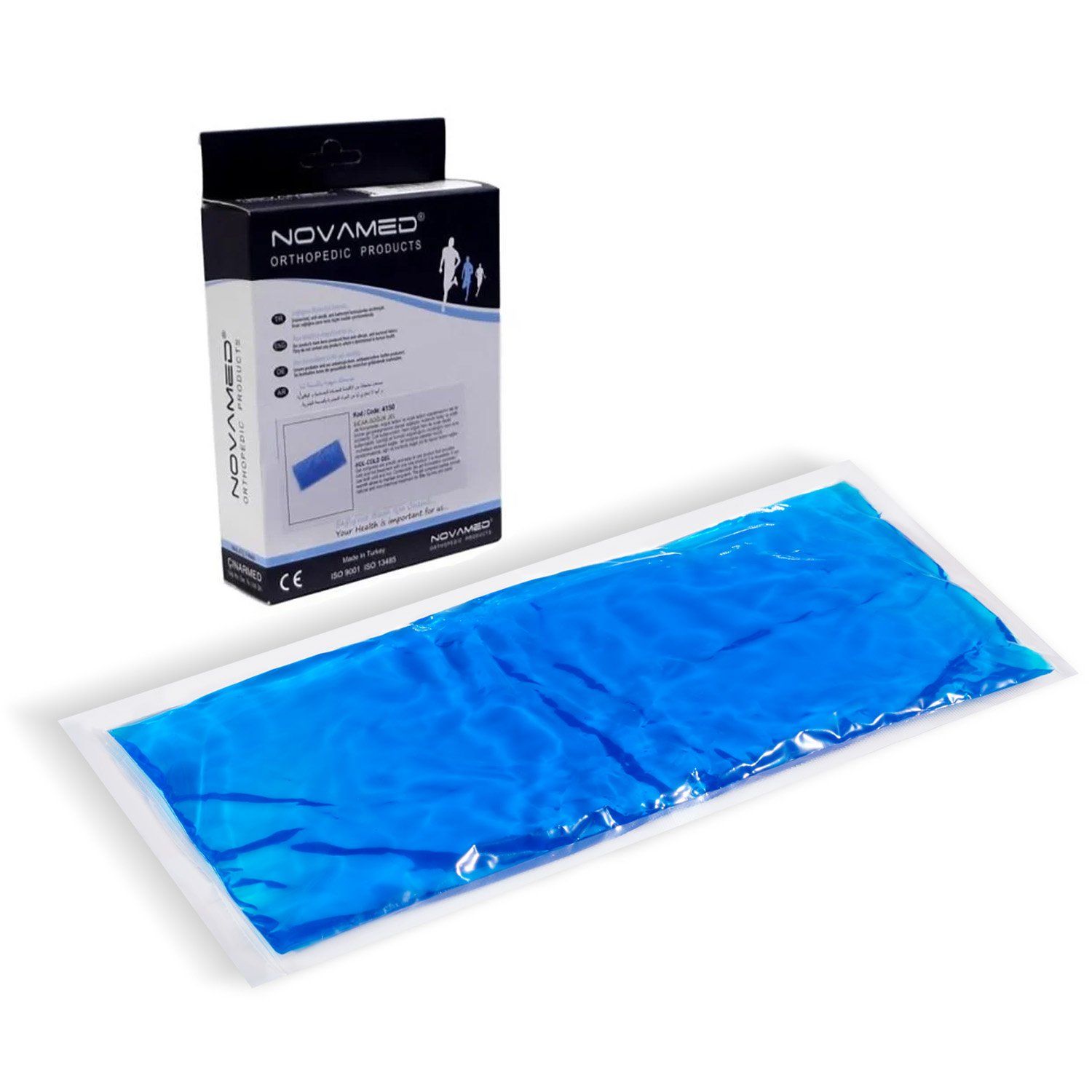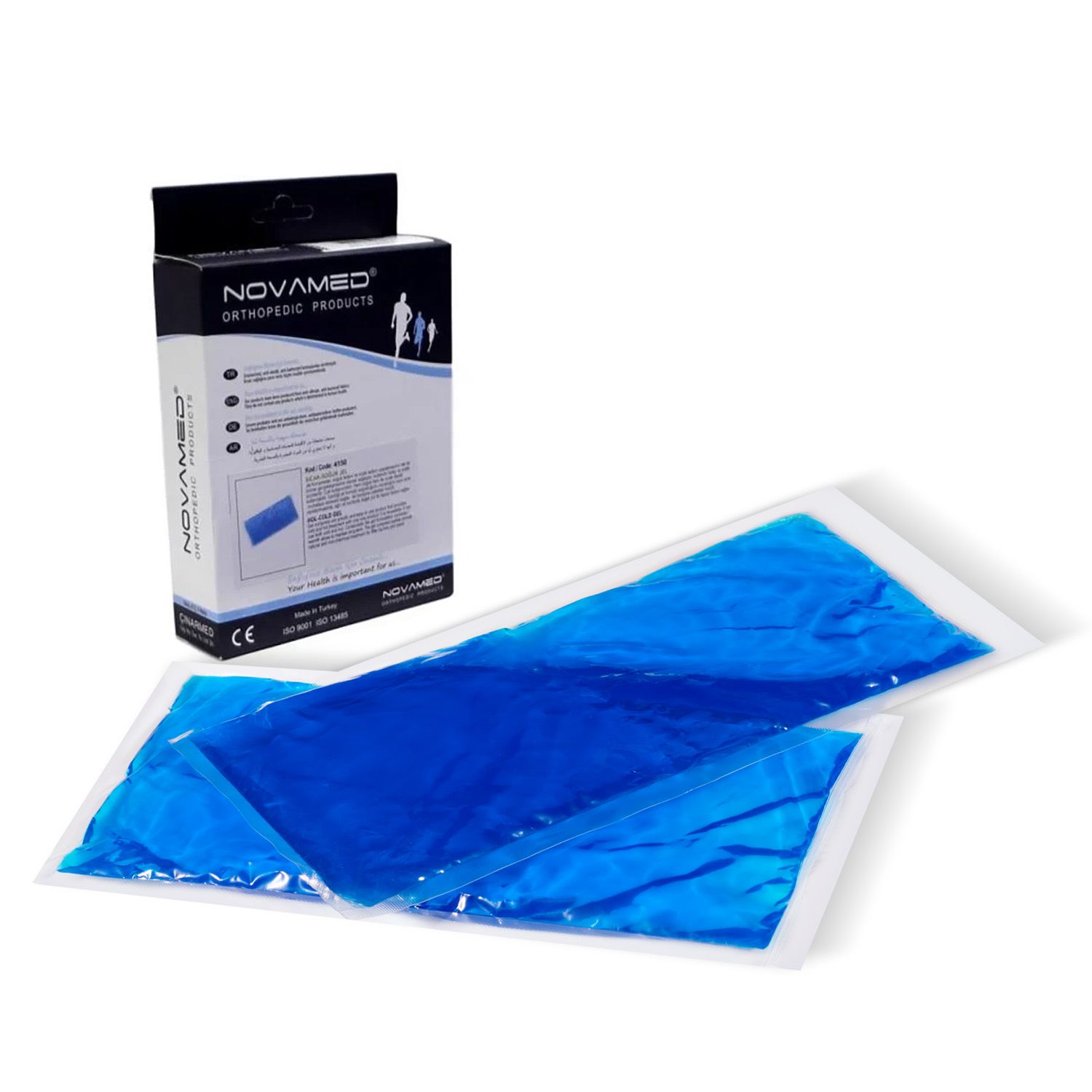Hamstring muscle pain can severely limit your movement, whether you are exercising, being active or just going about your daily activities. This pain often results from intensive exertion, overexertion or making a sudden movement. Fortunately, there are effective ways to reduce hamstring muscle pain and speed up recovery. In this blog, you will discover practical tips and techniques to make your hamstring supple and strong again. Read on below.

How do you reduce muscle pain in the hamstring?
Muscle pain in the hamstring can be quite annoying, especially if it hinders your daily activities or athletic performance. Fortunately, there are various ways to relieve the pain and promote recovery. From simple stretching exercises to the application of heat or cold, each approach has its own advantages. In the following paragraph, we will discuss the most effective methods for tackling muscle pain in the hamstring and regaining flexibility more quickly. To reduce muscle pain in the hamstring, you can take the following steps:
- Apply the ICE rule: relieve your hamstring, cool the area, and use a pressure bandage if necessary.
- Make gentle movements: walk slowly or move your heel towards your buttocks while lying on your stomach.
- Perform light stretches:
- Standing or sitting hamstring stretch: bend carefully forward with your legs stretched out.
- Dynamic stretching: swing one leg back and forth.
- Hamstring stretch on your back: use a resistance band or towel to carefully stretch your leg.
- Start with light strengthening exercises:
- Isometric hamstring exercises: press your heel into a rolled-up towel without moving your leg.
- Glute bridge: lift your hips while lying on your back with your knees bent.
- Hamstring walk-outs: slowly slide your heels out and back while lying on your back.
- Use cooling: place a bag of ice cubes (wrapped in a tea towel) on the painful area for 15 minutes, 4–6 times a day.
- Consider wearing compression garments. This can help reduce pain.
- If the above tips do not help, you can consider using painkillers such as paracetamol or ibuprofen.

How does muscle pain in the hamstring develop?
Muscle pain in the hamstring can be caused by various factors. Whether it is due to intensive sports activities, an unexpected movement or a lack of warm-ups, the hamstrings are sensitive to tension and small tears in the muscle fibres. The damage leads to inflammatory reactions, which causes the well-known stiffness and pain. In the next paragraph, we will explain the most common causes and how to recognise them.
- An acute injury. This often happens when making explosive movements such as sprinting or sliding. You will suddenly feel a sharp pain, comparable to a knife or whip stroke.
- Chronic muscle pain can develop as a result of repetitive movements, such as when running.
- The hamstrings have difficulty with repetitive eccentric movements, in which the muscle is contracted while it is being stretched. This often occurs when braking the knee extension while running.
- A lack of a proper warm-up can lead to small tears in the muscle fibres.
- Even everyday activities such as bending down, lifting heavy objects or climbing stairs can cause muscle pain, especially in people who do not exercise regularly.
Need additional information?
Do you still have questions after reading this article, or would you like more information about our products? Then please contact our customer service. They are ready to answer all your questions and help you get back on track. We can be reached by telephone, e-mail and live chat.







